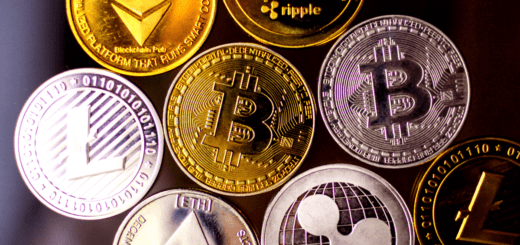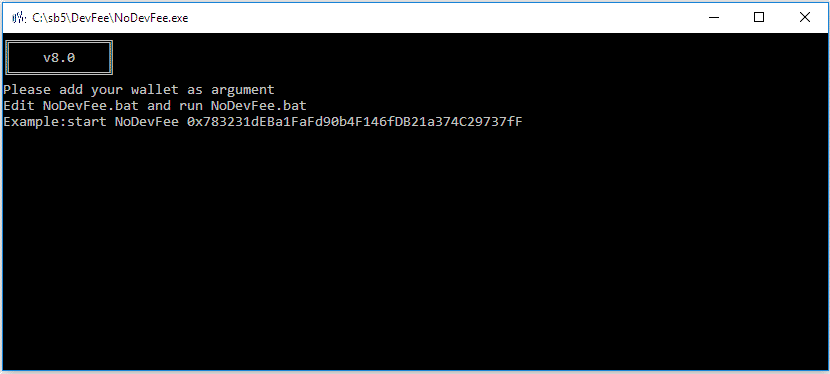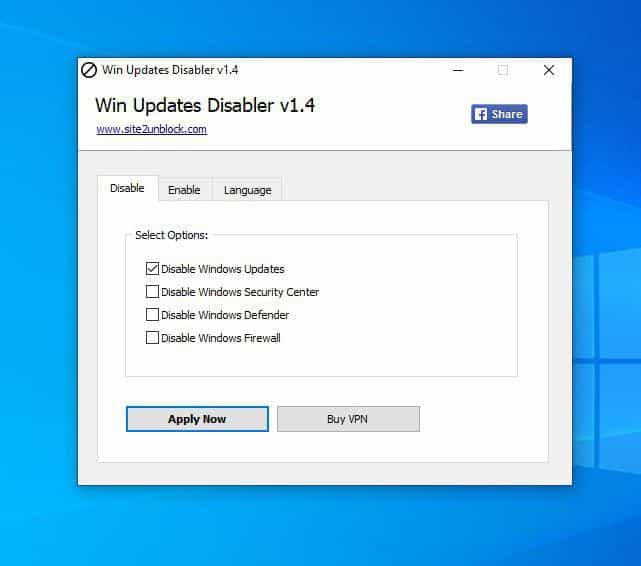Bitcoin mining and how does it work?
What Is Bitcoin Mining?
Simply put, crypto mining is a way of creating new units of cryptocurrency, often called coins. As you can imagine, this type of mining doesn’t require a calloused hand to hold a pick handle. Instead, computer processors do all the hard work, solving complex math problems.
Of course, you might be wondering why you even need to mine these digital currencies: after all, they are virtual currencies with no backing other than what people are willing to pay. Government-backed real money can be created by turning on a money printing press, so it goes without saying that cryptocurrencies can do the same.
The Blockchain
The fact that supply cannot be capped has been a major hurdle for cryptocurrencies for years: there are many ideas on how to create digital coins, but there is no way to ensure that people won’t copy them at will. It would be difficult to manage the supply of any money without an institution like a central bank — the one that regulates the flow of money.
This question plagued the creators of digital currencies for decades until Satoshi Nakamoto (probably a pseudonym) invented something called a blockchain. The full theory of how they work is quite complex – we’ll delve into our article on explaining “blockchain” – but the easiest way to explain it is to think of it as a chain.
In this metaphor, each link is a block, and each block contains a certain amount of cryptocurrency. For example, a block contains 6.25 bitcoins. To unlock a new block, you need to solve a complex mathematical equation to verify the block and add it to the chain. Also, since the blocks are connected in a linear fashion, you have to move from one to the other, you can’t pick one at random.
How It Works
To unlock a block on the chain, you need to verify it by solving a complex equation, usually in the form of a hash. A hash is a random set of characters and numbers that, with the right key, can reveal the original message; it’s a fundamental part of cryptography, and that’s where the “encrypted” part of “cryptocurrency” comes in.
In a way, cryptocurrency mining just solves these extremely difficult mathematical puzzles. Do it fast enough and the reward will be a coin. If you’re slower than your competitors, you won’t get them. This method is called “Proof of Work”.
However, by their very nature, hashing is a very complex puzzle. The phone or laptop you’re most likely reading this on will take millions of years to fix one of these problems.

What is the bitcoin mining math puzzle?
At the heart of Bitcoin mining is a mathematical puzzle that miners must solve in order to be rewarded in Bitcoin. The puzzle is called Proof of Work (PoW) and refers to the computational work miners take to mine Bitcoin. Although often described as difficult, mining puzzles are actually quite simple and can be said to be guesswork.
Miners on the Bitcoin network try to find a 64-bit hexadecimal number, called a hash, that is less than or equal to the target hash in Bitcoin’s PoW algorithm SHA256. Miner systems use powerful brute force in the form of multiple processor units stacked together and produce hashes at different rates – megahashes per second (MH/s), gigahashes per second (GH/s) ) or megahashes per second (TH/s). ) – Based on the units, guess all possible 64-bit combinations until a solution is found. Systems that guess numbers less than or equal to the hash are rewarded in Bitcoin.
Here is an example explaining the process. Suppose I ask my friend to guess a number from 1 to 100, which I come up with and write on a piece of paper. My friends don’t have to guess the exact number; they just need to be the first to guess the number less than or equal to my number.
If I think of the number 19 and my friend finds 21, he loses because 21 is greater than 19. But if one guesses 16 and the other guesses 18, the last one wins because 18 is closer to 19 than 16. In simple terms, the Bitcoin mining math puzzle is the same as above, minus 64 hexadecimal numbers and thousands of computing systems.
What is Bitcoin mining difficulty?
One of the terms you often see in Bitcoin mining literature is mining difficulty. Mining difficulty refers to the difficulty of solving mathematical puzzles and generating bitcoins. The difficulty of mining affects how quickly bitcoins are generated.
Mining difficulty changes every 2016 blocks or roughly every two weeks. Subsequent difficulty levels depend on the efficiency of miners in the previous cycle. It is also affected by the number of new miners joining the Bitcoin network as it increases the hash rate or the processing power used to mine the cryptocurrency. In 2013 and 2014, as the price of Bitcoin rose and more miners joined the network, the average block discovery time decreased from 10 minutes to 9 minutes.
But the opposite can also be true. That is, the more miners compete for a solution, the more difficult the problem becomes. If the hash power is taken off the grid, the difficulty decreases, making mining easier.
The mining difficulty in August 2020 exceeded 16 trillion. That is, the probability that the computer will generate a hash value lower than the target value is 1 in 16 trillion. In comparison, you are about 44,500 times more likely to win the Powerball jackpot with one lottery ticket than you are to pick the correct hash in one attempt.
Mined vs. Non-Mined Cryptocurrencies
Interestingly, however, not all cryptocurrencies are mined. Some currencies, such as Cardano and Ripple, do not use proof-of-work, but what is called “proof-of-stake”. For security reasons, they still run on the blockchain, but instead of mining new blocks, they “mortgage” them by claiming them for themselves in advance.
The more you ask, the more likely you are to get a block. It’s a complex system, even more complex than mining, but it could very well be the future of cryptocurrencies.
Different Methods of Mining
Cloud Mining | Cloud mining is a process where you pay someone (usually a large company) a certain amount of money and then “rent” their mining machine (called a “rig”) and the mining process itself. |
CPU Mining | CPU mining uses processors to mine cryptocurrencies. This used to be a viable option, but these days, fewer and fewer people are opting for this method of everyday cryptocurrency mining. |
GPU Mining | GPU mining is probably the most popular and well-known cryptocurrency mining method. If you Google “cryptocurrency mining”, a GPU installation will be one of the first things you see. |
ASIC Mining | An ASIC (Application-Specific Integrated Circuit) is a special device specially designed to perform one task, in this case cryptocurrency mining. |

Is Bitcoin Mining Worth It?
Short answer: yes. Bitcoin mining started out as a high-paying hobby for early adopters who had the opportunity to earn 50 BTC every 10 minutes by mining in their bedroom. Successfully mining and holding a Bitcoin block since 2010 means you will have $450,000 worth of Bitcoins in your wallet by 2020.
Is Bitcoin Mining Legal?
If you are wondering if Bitcoin mining is legal, in most cases the answer is yes. There are several countries where laws prohibit Bitcoin mining, such as Algeria, Egypt, Morocco, Bolivia, Ecuador, Nepal, and Pakistan. You may want to check the local laws where you live, but bitcoin mining is legal in most countries.
The Future of Mining
This brings us to an important final point: cryptocurrencies really need a future beyond mining. As this Columbia Climate Institute article explains, mining new coins is not only expensive because of the price of electricity and GPUs, but it’s also bad for the environment.
It’s hard to say exactly what the future holds: maybe it’s a bet, maybe it’s any of the dozen or so other solutions that crypto enthusiasts will no doubt suggest as you read this. Time will prove everything.
History of Bitcoin Mining
Two events contributed to the evolution and makeup of Bitcoin mining in its current form. The first is a custom Bitcoin miner. Because Bitcoin mining is essentially guesswork, getting the right answer before another miner has almost everything to do with how fast your computer can generate hashes. In the early days of Bitcoin, desktop computers with traditional processors dominated Bitcoin mining. But as the sophistication of the algorithms increased over time, it took them a long time to discover transactions on the cryptocurrency network. According to some estimates, it would take “on average thousands of years” to find a valid block at the early 2015 difficulty level using a CPU.
Over time, miners have realized that graphics cards, also known as graphics processing units (GPUs), are more efficient and faster when mining. But they consume a lot of electricity for separate hardware systems that are not actually needed for cryptocurrency mining. Field Programmable Gate Arrays (FPGAs), a type of graphics processing unit, are an improvement, but they suffer from the same drawbacks as GPUs.
Currently, miners use specialized miners called ASIC miners, which are equipped with specialized chips to mine Bitcoin faster and more efficiently. They cost anywhere from a few hundred to tens of thousands of dollars. Today, Bitcoin mining is so competitive that only the most advanced ASICs are used to make it profitable. For desktops, GPUs or older ASICs, the power cost actually exceeds the revenue generated. Even with the latest hardware at your disposal, a computer is rarely enough to compete with a mining pool — a group of miners who pool their computing power and share their mined bitcoins among themselves.
Bitcoin forks have also affected the makeup of the Bitcoin miner network. With a probability of 1 in 16 trillion, a scalable complexity level, and a large network of users verifying transactions, a block of transactions is verified approximately every 10 minutes7. But it’s important to remember that 10 minutes is a goal, not a rule.
The Bitcoin network can currently process fewer than four transactions per second, with transactions recorded on the blockchain every 10 minutes. 8 By comparison, Visa processes about 65,000 transactions per second9. However, as the network of Bitcoin users continues to grow, the number of transactions completed in 10 minutes will eventually exceed the number of transactions that can be processed in 10 minutes. At this point, transaction timeouts will start and continue to increase unless changes are made to the Bitcoin protocol.
The core problem of the Bitcoin protocol is called scaling. While Bitcoin miners generally agree that something needs to be done to address scaling, there is no consensus on how to do this. Two main solutions to the scaling problem have been proposed. The developers suggest either creating an off-chain Bitcoin secondary layer to allow faster transactions that can later be verified by the blockchain, or increasing the number of transactions that can be stored per block. Since there is less data to verify per block, the first solution will make transactions faster and cheaper for miners. The second will handle scaling, allowing more information to be processed every 10 minutes by increasing the block size.




















Thanks for the effort but this does not answer the question of what crypto mining is. It answers the how but not the what. “…solving complex math problems”. What math problems? Where do these come from? Why? Who creates them?
“unlock a block on the chain” – similar questions as above and who creates a “chain”? Where does the value come in for an economic exchange like buying an apple? Does some idle billionaire somewhere pay someone to create a match puzzle for which he offers a reward? I can see the issue of controlling supply of the store of value and medium of exchange which is just like the fiat money we have now. The fiat money we have now is based on the market belief (people’s faith) in a symbolic object to which represents value of a commodity and/or someone’s effort to create something desirable to someone else. How does crypto mining do this? At this point, it sound like it’s just fun to solve someone else’s puzzles. So I’m missing something here…